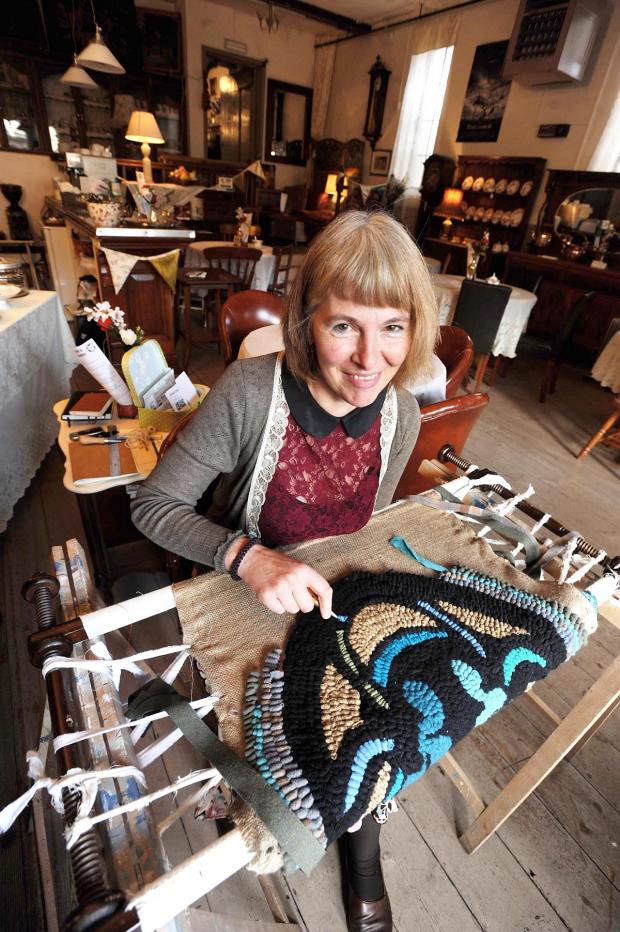(In a previous blog post I said I would explain the link between rag rugs and bus transport. If buses sustain our social fabric and rag rugs are a sustainable use of materials...)
Love on the Number 9 (excerpt)
I’ve already lost my No. 17.
Former nurse and foster carer, our driver speaks of buses she has driven, solicitously; as if they’d been her charges.
With the threatened withdrawal of a service that has been running since 1924, I’ve taken occupancy of a seat on the Number 9 for a day and am travelling backwards and forwards between the alternate horizons of the Quantocks and the Blackdowns, as continuously as the timetable permits.
Who’s that? our driver calls out, as we approach the next stop.
The Stranger Presents His Bus Pass.
A few minutes later the Stranger alights, but not without promising to wash his bus pass at no more than 30c. in the future.
Calm even on bin days, the driver tells me about the time she’d driven a passenger to hospital after he’d had a bad fall in town:
I've all my frozen stuff here he'd said as he got off.
With the bus parked up outside his house, she had let herself in, had put his frozen stuff in the freezer and his pension in a drawer.
Drivers change over mid morning like two weavers passing the shuttle between them across the width of the loom. The archetypal imagery of shuttle, warp and weft has inherited texture in this part of West Somerset; this route connects three former weaving towns.
It was P... who made the service his own, our new driver informs me.
He saw kids grow up on this bus.
What they have seen in the rear view mirror bestows upon them an enigmatic omniscience. There’s a sense of our driver assuming authorial control as he changes into first.
Eventually it’s the last passenger’s turn to bear witness:
I met my partner on the bus in July. He said; ‘Would you like to come for coffee in the “Garden Café”?’ And now I’m moving in with him.
There’s an uprooted rhododendron in a pot by her feet. Eight months after the seeds of love were sown in the Garden Café, this middle-aged woman started transplanting her garden, plant by plant, via this bus, nudging her garden along a few stops.
Love may move mountains. The Number 9 moves gardens (of lovers it has introduced).
The Number 9 - an agent of plant migration.
An 88 year old conversation on wheels.
It should be Listed.








